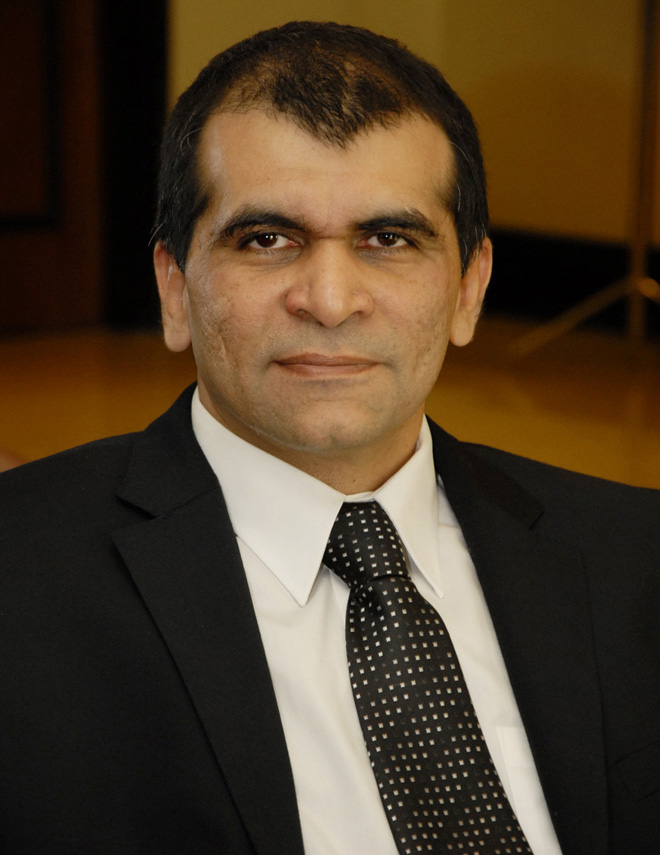If we were going to let the cat out of the bag, so to speak, comparing accelerators, here is my biggest gripe about “Accelerator Models” – Demo Day.
For the fortunate, who aren’t aware of the Process, this is how it goes. Applications open, Teams submit their applications, Interview processes later, teams are picked, brought onboard and after a 12 – 16 week Programme (depending on which accelerator you are part of), you are building off that first version of the product and then comes D-Day, Demo day when you launch your product, Introduce the Startup, and get funded so that you can move forward. Except that there is one glitch. The funding never happens. Nobody I know of has gotten customers at these D-Days, and nobody is wowed.
You could have glue stuck wings on the entrepreneurs and pushed them off the cliff instead.
Sadly, D-Day is a critical aspect that a lot of accelerators acclaim, is their USP, and that is going to come bite a few entrepreneurs in the ass sometime. Unfortunately. Its not just me saying this. Sameer and Nandini have been saying this for years.
India is Different
Demo Day works. It works in the Valley. A bunch of accelerators put up their startups, and there is someone to come look at these companies and see them for their potential rather than what they are a the moment. At the stage that these accelerators are putting up, all they have is a product that is ready to go for launch, and that is only going to get you one answer “Interesting. Keep us posted on how it goes”.
There is no one here in India who will take you at that stage and take you forward.
For those who understand this space better: You ideally want someone who can drop a 100-250K USD (with a valuation of roughly 1 – 1.5mn Valuation) on the startup to take the company from there. But thats precisely it, they want a “company” not a product built in a scurry. I havent met any teams in the Demo Days of most of these accelerators who can even justify (with data) why they think the product will work.
The Pivot is on you.
So If D-Day is the day when you launch, and I presume it will take the entrepreneur another 30-45 days before they realize that the product is not taking off – nobody is using it, let alone pay for it, what happens? Then comes the decision to Pivot vs Persevere and its the hardest decision on an entrepreneur. Except, guess what. You have already “graduated”. And whatever you pivot on, you’ve lost the opportunity of Demo-day to gain audience. You are as good as a team which was never part of the accelerator in the first place. I know how draining that is on an entrepreneur – we wouldn’t wish that he goes through it alone. Thats why we take our time and go through it in six months.
Direction vs Speed.
Something we’ve been saying for quite sometime. You might want to know where you are heading, before you start setting yourself on fire with Jet fuel. Do you even have a product that the market wants? Without it, Where-my-friend are you “accelerating” to? ![]() Find your Direction first, in terms of the industry, domain, and problem you are addressing and the solution to it. Thats direction. Then, figure out how fast you want to go and how an accelerator can help. (though most accelerator models seem to be Product accelerators than Startup Accelerators)
Find your Direction first, in terms of the industry, domain, and problem you are addressing and the solution to it. Thats direction. Then, figure out how fast you want to go and how an accelerator can help. (though most accelerator models seem to be Product accelerators than Startup Accelerators)
Product vs. Startup
There are essentially three steps. Picking an Idea that you want to work on and building a prototype. Its Okay to build multiple prototypes of multiple ideas and figure which one “sticks”. But once you see the data, let the numbers guide you, and make the decision to build it out as a product. Once a product, see if it makes sense to build a startup around it. There is a reason why we modelled ourselves in three stages.
Product acceleration is not equal to startup Acceleration. You shouldn’t be giving equity for inputs that you get towards a product (which might pivot dramatically) – atleast, not so much as what typical accelerators charge.
Is it important to give Young Startups a Platform? Absolutely. We ran Proto.in for years. The key however is to know what stage to unveil them at. Demo Day, as it stands in India today in India, is a disaster.
FootNotes:
1. The Process of building a company in India is still very much bootstrappish – Unless you are an entrepreneur with a track record of execution. The Norm is that, you are rewarded for results you show. PS: There is nothing wrong with that. But its here to stay and its important to acknowledge that and work around that, rather than being in Denial land.
2. The Startup Cuve of a Startup In India is very different from that of a US Startup. “Demo Days” are to replicate the “Techcrunch Initiations”. Answer honestly, does it? It does create a blip, but is it really a launch?
A Rough Sketch, if I were to map out the Startup Process in India Mapped against Traction vs Time would look like this – against the US Counterpart:
Assumptions:
a) The Startup Didnt have to Pivot. Fact: Most Startups will Pivot 2.5 Times.
b) The Startup survived competition, were able to find their value kernel and pivot for scale.
c) Also assuming that this startup did Marketing from Day minus 150 before the product launched. Otherwise, traction would be 0 till demo day when there would be a just a few curious bites, and no solid engagement. Situation, in reality, would and is much worse.








